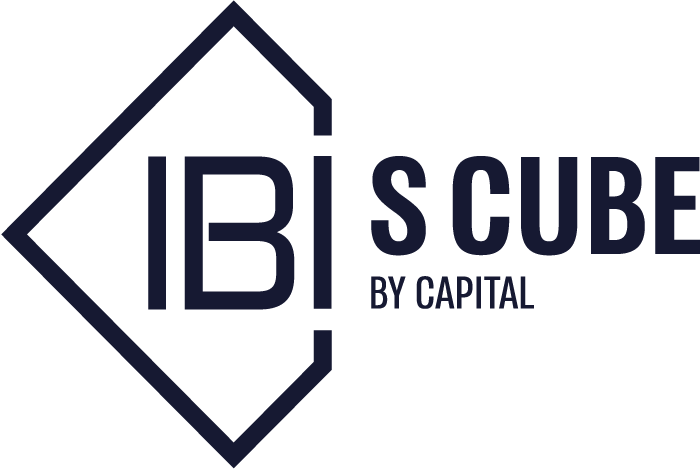Current multipliers in the technology sector are attractive for entrepreneurs who expect an exit; preparing for an M&A transaction may take months, during which the transaction may be canceled for various reasons; this is how you shorten the process
Israeli technology stocks traded on Nasdaq have demonstrated resilience in 2023, delivering a respectable return of approximately 20%, despite the backdrop of uncertainty stemming from the Israeli government’s proposed changes to the legal system. While this may appear lackluster compared to the Nasdaq index’s overall gain of around 30% during the same period, it underscores the robustness of Israel’s technology sector in the face of adversity. Amidst the prevailing gloom, it’s crucial to recognize that strategies to mitigate uncertainty exist (such as corporate inversions), even for investors not presently willing to invest in Israeli firms. Ultimately, investors seek technology with the potential for value creation and visionary entrepreneurs who can harness that potential. Therefore, if you possess a winning combination of a talented team and groundbreaking technology – investors will come.
Furthermore, the Nasdaq index presently stands just 13% shy of its all-time high, achieved at the close of November 2021. Many consider this level to be indicative of a bubble, or at the very least, the pinnacle of what has been a remarkably robust year for the technology sector in the past decade. Consequently, this market environment presents a good opportunity for entrepreneurs exploring exit strategies. However, in the realm of M&A transactions, success hinges on more than just possessing a winning product or technology. Several technical factors can tip the scales. Therefore, it’s prudent for startup companies to prepare and be well-versed in these critical elements in advance, ensuring that at the moment of truth, the transaction is executed successfully.
1. “Scheduling Is a Matter of Timing”
It’s essential to recognize that the M&A process is a lengthy endeavor because of the due diligence, where you’ll need to furnish a variety of documents, including board meeting minutes, investor presentations, valuations, and clean financial statements with an auditor’s unqualified opinion. It’s worth noting that, as with any transaction, until the purchase agreement is signed, there’s always a possibility of the deal falling through. The longer it takes to compile all the requisite documents for the M&A process, the greater the likelihood of the deal falling through for reasons unrelated to your product or technology. Potential factors include the acquiring company undergoing its own acquisition, key personnel overseeing the M&A process shifting roles, shifts in the capital market conditions, or alterations in financing options for the transaction.
Therefore, the company must be ready for a comprehensive due diligence long before any buyer arrives. This entails organization of all necessary documents into a dedicated M&A folder and leaving no gaps in your financial statements. For instance, failing to conduct valuations for expense allocation related to employee stock options can result in an auditor’s note or qualification on financial statements. Given that most investors shy away from acquiring companies with qualified financial statements (and a company with a qualified opinion cannot carry out an IPO at all), such matters must be addressed promptly. Retroactively performing valuations for several years is a complex task involving historical cap tables and option tables’ analysis, scrutiny of investment agreements, articles of association, warrant agreements, and convertible loan agreements.
Even with the appraiser working as fast as possible, the process can be lengthy, and the company may need weeks merely to gather all the requisite documents, before the appraiser can begin their work. The same goes for Purchase Price Allocation (PPA) reports following acquisitions of companies or technology. PPA execution, even when carried out close to the acquisition date, can take weeks. Delaying it until the last minute, after due diligence has commenced, adds further complexity, making it challenging to recall pertinent conditions leading to the transaction – not to mention the time needed for the accountant to review it. It’s crucial to remember that each passing day increases the likelihood of a transaction failing.
2. Due Diligence Is Not Necessarily One-Sided
It is very useful to conduct due diligence on the buyer – to know how much experience the buyer has in conducting M&A transactions and what their reputation is. Do they usually follow through with proposed transactions, or drop them because of unspecified difficulties? When an earnout mechanism is incorporated into the agreement, understanding the buyer’s profile becomes particularly important. This insight helps gauge the shareholders’ likelihood of receiving the payments stipulated in the earnout mechanism, a common component of M&A agreements that outlines additional payments by the buyer to the acquired company’s shareholders contingent upon future performance.
3. Are Some of the Shareholders Holding Out for More?
In order to carry out a standard M&A transaction under the Israeli Companies Law, the approval of 95% of the shareholders is required, and if the target company is public, obtaining approval becomes particularly complex. On the other hand, when it comes to a reverse triangular merger, the approval of just a simple majority – more than 50% – is required (Delaware law is broadly similar with this simple majority requirement.)
Now, what exactly is a reverse triangular merger? In this merger structure, the acquiring entity establishes a wholly owned subsidiary and transfers the designated purchase price to it. This newly formed subsidiary then merges with the target company, resulting in the proceeds being distributed to the shareholders of the target company. Upon the completion of this merger, the acquiring entity assumes full ownership of all the shares within the merged company.
That is, if some of the shareholders prefer not to carry out the merger for any reason, structuring the transaction as a reverse triangular merger type can allow the company’s management or the founders to force the sale on those holdout shareholders.
4. Prepare for the Challenge at the Administrative Level
In addition to the “headache” for the company’s finance team, which was detailed at the beginning of the discussion, it should be understood that the M&A process, from negotiations to due diligence, demands a substantial investment of time from the entire managerial hierarchy within the company. This becomes especially taxing for startup companies, where the majority of managers routinely put in double-digit workdays. The extra workload from the M&A process can rapidly deplete available time and disrupt the day-to-day management of the company’s operations. There are no quick-fix remedies for this predicament. Each company must find a tailored solution to address it. The key is proactive preparation, ensuring that potential solutions are identified in advance, sparing you the added burden of reaching for solutions when time is already in short supply.
5. A Professional, Skilled, and Experienced Team is Vital
A proficient and seasoned team of lawyers and accountants, with considerable prior experience in conducting M&A transactions, play a pivotal role in preventing potentially catastrophic mistakes that could inflict substantial harm on the future interests of the acquired company’s shareholders. Such blunders might also leave the managers that oversaw the process vulnerable to legal repercussions. Historical evidence underscores that in the event of a critical procedural error, the likelihood of shareholders accepting the outcome as-is is exceedingly slim, and such disputes typically end in lawsuits.
The Bottom Line
Despite the challenging economic landscape and political conflict in Israel today, technology continues to progress. A winning team with innovative technology holds the key to attracting investors, who excel at solving problems as they arise. Once you’ve demonstrated the economic viability of your product or technology and are poised for an M&A agreement, all that’s left is preparing the groundwork to make the most of the opportunity once it arrives. Awareness of the various requirements for executing the deal and integrating these considerations into your development and initial capital-raising stages can significantly enhance your prospects for a successful exit. This proactive approach not only bolsters your chances of a favorable exit but also molds the terms of the deal in your favor.
Gidi Shalom Bendor is the CEO and founder of S Cube of IBI Capital, the largest provider of valuation services to technology companies in Israel.
The above is provided for informational purposes only and should not be considered complete and/or exhaustive information of all aspects involved in the corporate inversion process. The aforementioned does not constitute legal, financial, taxation, or economic advice or a substitute for any professional or personal advice. IBI Group and/or any of the Group’s companies will not be responsible for any loss or damage caused to any third party due to reliance on the above information.



